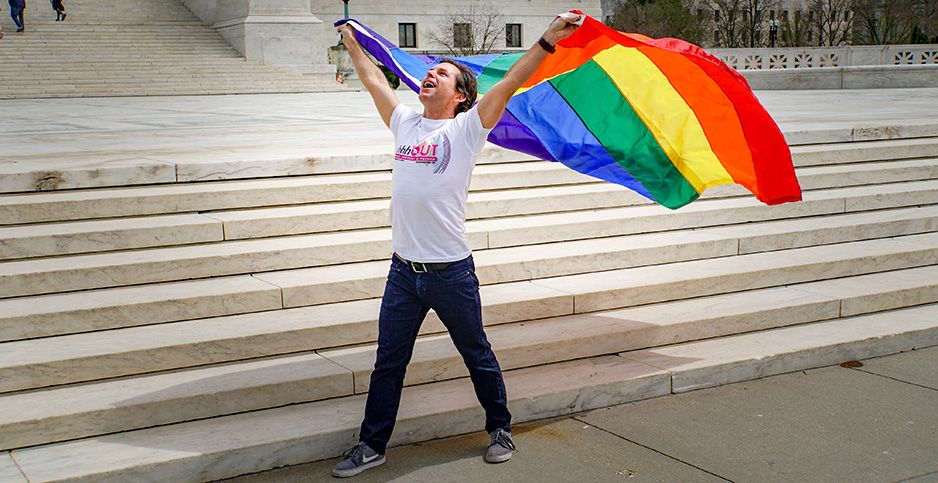What’s it like to be LGBTIQ+ in PT? Difficult.
The Gist
This one comes from the Journal of Physiotherapy that featured a report
on a questionnaire about the experiences of LGBTIQ+ patients in PT in
Australia. The whole thing deserves a read, but I’ll summarize it for
you here because that’s like the whole point of this. 114 people who
identify as LGBTIQ+ and had recently attended PT were recruited online
and given a survey to answer about their experiences and what PTs could
do to make the clinic a more comfortable environment for them.
The
major pinch points for them were unsurprising, but could be fairly easy
fixes for the compassionate PT. They had difficulty with PT’s
assumptions about their sexuality and/or gender identity (e.g. asking a
homosexual male “How’s your wife?” Or only having boxes for male and
female under gender on intake forms) and with PT’s lack of knowledge
about transgender-specific health issues. Others feared discrimination
due to what they identified as unfriendly environments, and many also
commented on the discomfort associated with disrobing and physical touch
(both common things in PT) in an unwelcoming environment.
Tell Me More -
I’d love to! You should also read the article though, hearing it in
these people’s own words is quite powerful and illuminating. There are
multiple suggested ways for PTs to improve, and some would be easy to
implement in any clinic environment or personal practice approach. PTs
becoming more aware of LGBTIQ+ specific health conditions received the
most favorable ratings from the surveyed. The display of images with a
range of people of different genders and sexualities was second most
favorable, while most also favored the display of a small rainbow flag
in the reception area and the option for “non-binary” in the gender
section of intake forms. Most surveyed were also in favor of PTs
switching to gender-neutral language, especially when discussing
significant others of unknown gender, rather than using heteronormative
pronouns.
Once
again, there are some limitations to this survey. The largest are the
applicability to the US, as this was done with Australian patients who
wen to Australian PTs, and the recruitment method, via LGBTIQ+ networks
that could be pulling in people who are more active in LGBTIQ+ issues
than the general LGBTIQ+ population. Still, this provides a window into
what some of our patients could be experiencing in the clinic and how we
could improve their healthcare outcomes. There’s a dark future ahead if
we don’t as LGBTIQ+ outcomes are much worse than the general
population’s.
Alright, you convinced me, I’ll read the paper - Good. It’s here, it’s short, and it’s worth your time.

